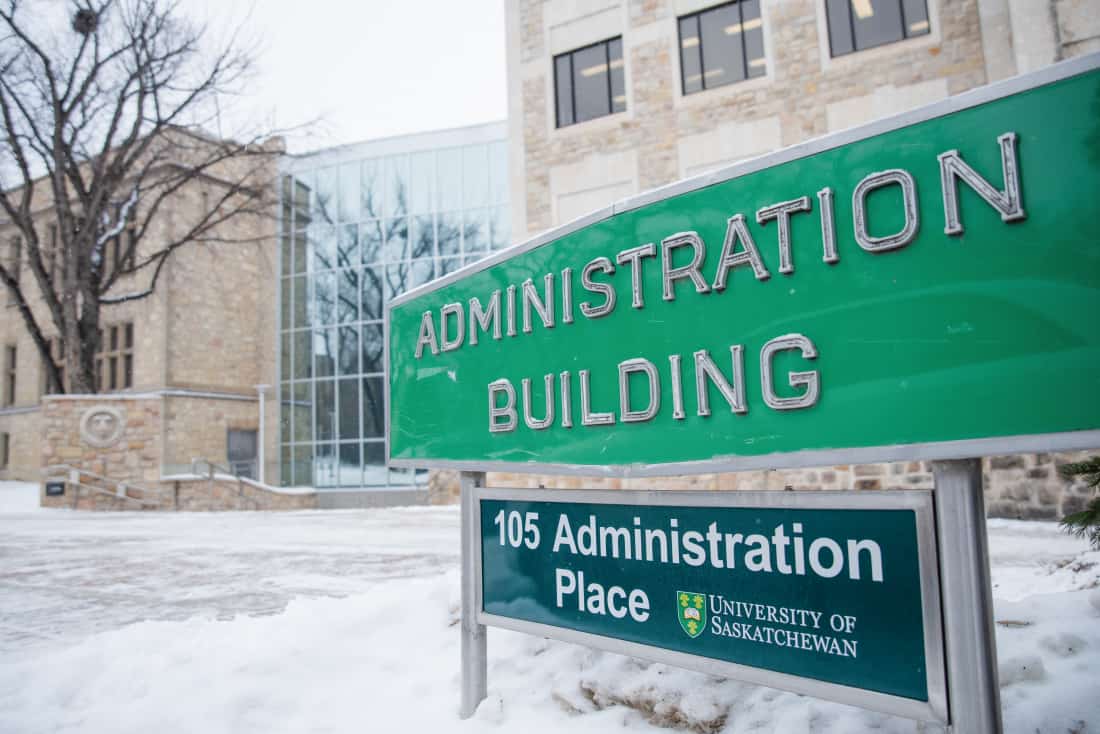
University of Saskatchewan is opening up accommodations to help students experiencing trauma-related responses navigate sensitive course material.
Patti McDougall, vice-provost teaching, learning and student experience, presented a document containing strategies and resources to guide faculty in accommodating students with diagnosed trauma at the University Council meeting on Nov. 21.
Faculty member in the department of English Ann Martin, who McDougall calls “the brains behind this operation,” says that the project began after her department noticed a need to address cases of students with trauma responses in a collaborative way.
“One of our faculty members had had the situation where neither the instructor nor the student had anticipated the kind of response that emerged from one of the texts in the course,” Martin said.
“We realized collectively that there were no guidelines, no resources pulled together accessibly for dealing with such situations.”
The document makes a distinction between diagnosed trauma and discomfort. Martin says that academic freedom was a consideration while they were drafting the strategies since the document is not intended to limit educators’ course content. Instead, it provides alternative methods that delivers content to reduce harm on some students.
“The point of the university and the point of our academic mission is to engage in all facets of the human condition and human endeavor,” Martin said. “Discomfort is not an excuse for not engaging with an issue — and in fact, often it’s the most uncomfortable issues that we need to engage with if we are to move forward as a society.”
The alternative methods that faculty are advised to use in cases of diagnosed trauma include giving students notice of potentially difficult course materials before they are discussed, allowing a few absences when these discussions are happening, and substituting a limited amount of course material in particular cases, among others.
The strategies were developed by a working group with faculty members from college units such as the College of Law, the College of Education and the departments of psychology and English, as well as staff from Student Learning Services and Access and Equity Services.
Martin says that while the faulty-led initiative was born out of the department of English, it is intended to be applicable to a wide range of disciplines.
“Student responses to course materials will differ depending on the courses in question — they may not arise and in some unit or disciplines,” Martin said. “Were a problem to arise, this gives faculty or educators options. It’s certainly not enforcing one way of doing something; instead, it’s about options, strategies, suggestions and possibilities.”
The document is based on the U of S’s institutional goal to “create an environment that promotes and supports the health and well-being of all who study and work at our campuses.”
Martin says that a main takeaway from the strategies is that students with diagnosed trauma can register with AES for accomodations.
“That ability to register with AES is a form of self-
advocacy,” Martin said. “It’s very much about supporting student resilience, so that by achieving the outcomes through potentially different methods, the students can be supported to succeed.”
Martin says that the current document will change as students’ needs change. Part of the consultation in the drafting process was with students from the Gwenna Moss Centre for Teaching and Learning, representatives from the U of S Students’ Union and the Graduate Students’ Association. The USSU and GSA will also be involved in bringing awareness to the change, as well as in helping students establish their needs to faculty.
“We’re viewing it as something that’s very much in progress,” Martin said. “But at least it signals, I think, the faculty’s commitment to high educational standards, but with also an awareness of student support.”
—
Ana Cristina Camacho/ News Editor
Photo: Riley Deacon/ File